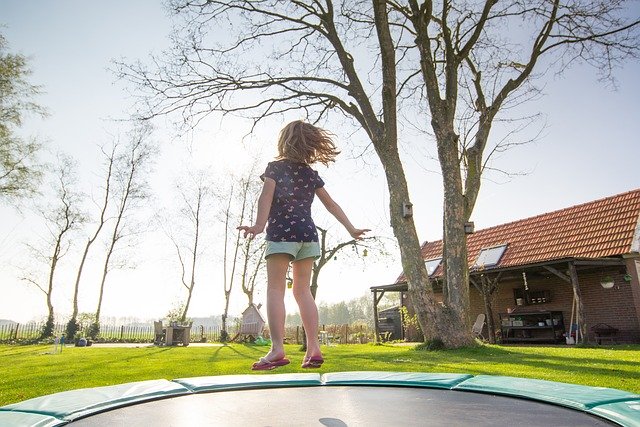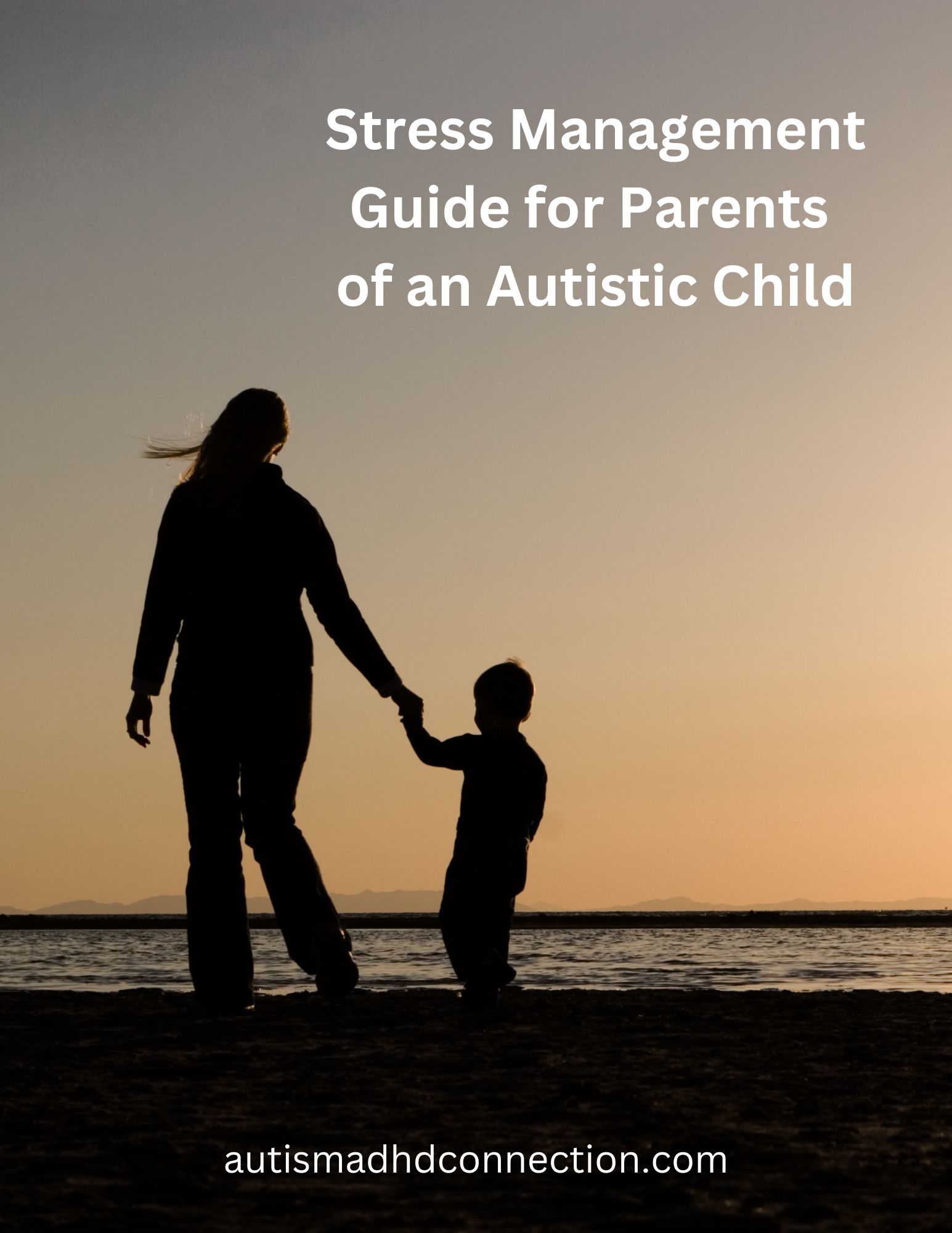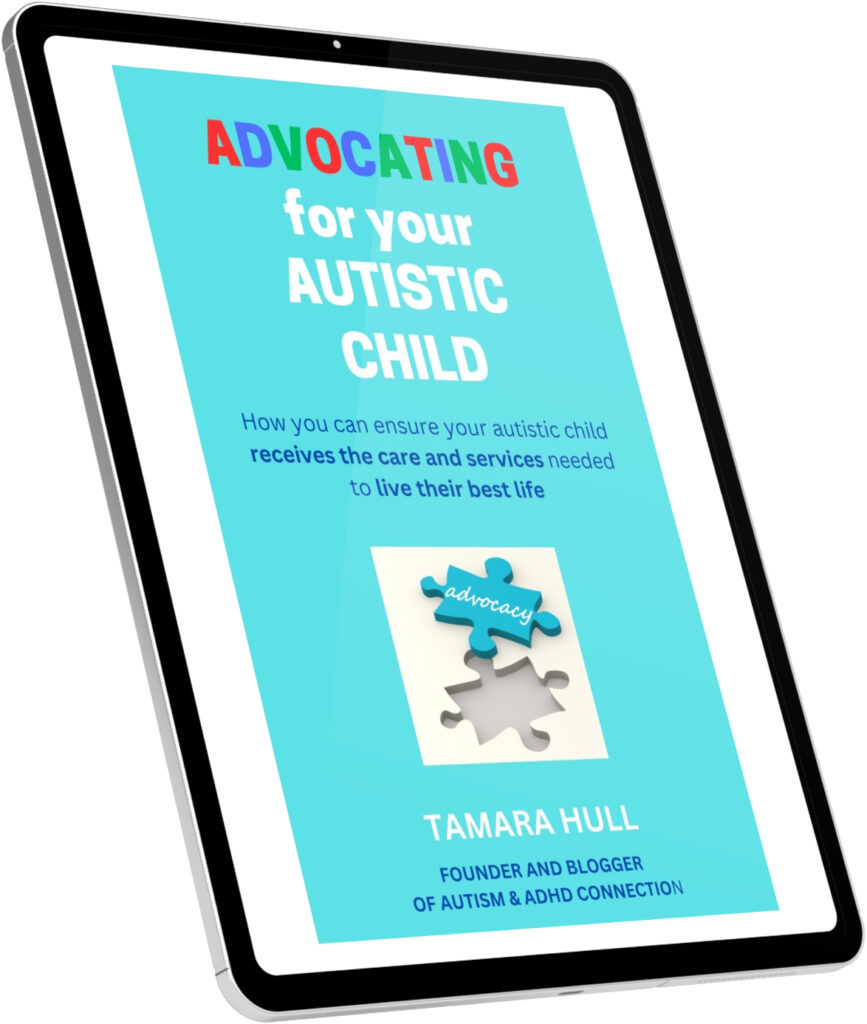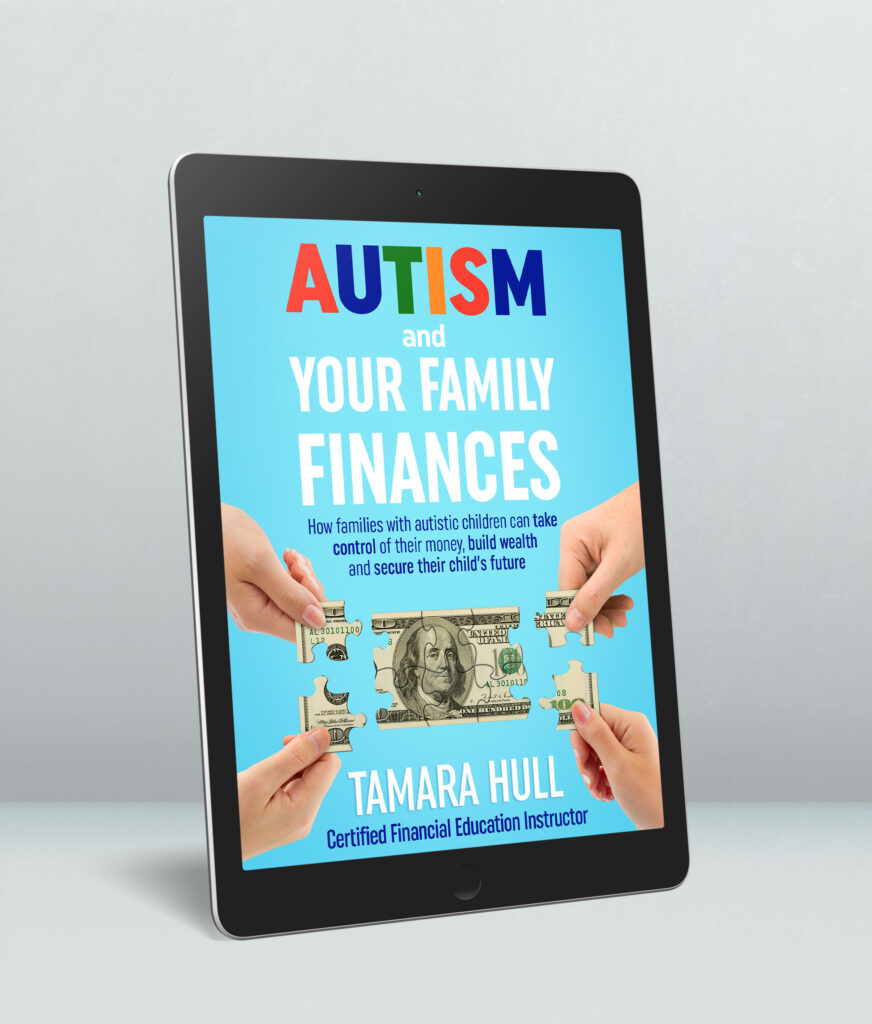Exercise is good for all of us, but it has some added benefits for our children and teens with autism and ADHD. Yet, in our modern world, we have to be more mindful about exercising. Too many times, we and our kids spend too much time on various screens – surfing the web, watching a streaming service or playing video games. So how can you encourage your child to exercise and be physically more active?
Benefits of exercise for kids with autism and ADHD
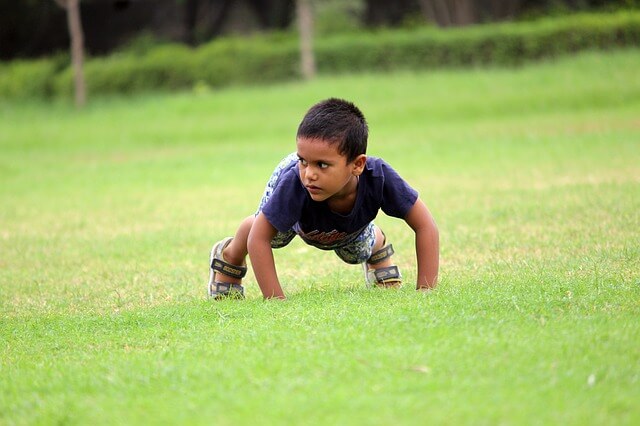
Exercise has some added benefits for people who have both autism and ADHD.
The Centers for Disease Control and Prevention (CDC) states that one in five children ages 6 to 19 are obese. Research has shown that children with autism have the same to higher risk of obesity. Why? Researchers found several contributors to obesity in children with autism, including:
- Use of food as a reward or reinforcer in some programs
- Sleep patterns
- Side effects of some medicines
- Genetics
- Lack of motor skills
- Dietary restrictions.
The good news is that studies have found that exercise and physical activity can produce moderate to large benefits for children with autism. These can include:
- Improving motor skills
- Developing fitness-related skills
- Furthering social skills
- Building muscle strength
- Increasing endurance.
Children with ADHD benefit exercise for additional reasons. Those include:
- Increase attention
- Decrease severity of ADHD symptoms
- Improve cognitive functioning
- Help manage mood
- Boost the brain’s neurotransmitters
- Improve sleep.
With all these wonderful benefits of exercise and activity, how can you encourage your child to exercise and/or be more active in general?
How to encourage more exercise

Depending on your child’s physical abilities, they may or may not be willing to exercise or try more physical activities. Try these steps to help encourage them:
- Start small
Instead of signing them up for a Little League team for a sport they may not enjoy, look for smaller ways to get them moving. Some ideas include walking the dog, visiting a playground or tossing a bean bag back and forth.
- Look for ways to increase motor skills
Does your child have poor motor skills? Then look for activities that can help them increase their skills. You could have them do jumping jacks between activities at home, run in the backyard or skip during part of a walk. For exercises at home, have them try using balls, exercise bands and bats to throw, catch, kick and strike.
- Work exercise and activities into their routine
If you use a visual schedule with your child, show them how you will work in some exercise or physical activities into their day. If you have a swing set or trampoline in your yard, schedule some time for them to play on those. Schedule a family walk after dinner. Run some laps around the yard in the afternoon to burn some energy. Or go to the park to shoot the basketball or play on the tennis court.
- Set an example
We can’t expect our kids to exercise if we do not, so evaluate how you schedule exercise and physical activity into your life. Do you work out at a gym or community center? Is it family friendly where your kids can come and play in an open gym or on the playground? If they are teenagers, could they workout with you? If you work out at home, show them how you run, walk, bike or do other activities to stay healthy.
- Consider a sport or program
Has your child expressed an interest in any particular sport? Our son J was really into Sonic the Hedgehog when he was in elementary school, so he started running. That led to him joining our local Special Olympics track team, and he still runs for the team now that he is in his teens. What about martial arts? Does your local YMCA or other organization offer sports clinics or other programs that teach the skills without necessarily requiring your child to be on a team? Before signing up for these programs, talk to the organizer to see if they have instructors or coaches who understand how to work with kids on the spectrum.
Types of exercise

There are no bad types of exercise for your child to do. Anything that they enjoy and gets them moving is positive! If your child does enjoy a particular sport and wants to try a team, it has the potential for helping with their social skills. However, many children and teens on the spectrum don’t enjoy team sports, but there are a lot of other ways they can exercise.
Some exercise ideas for your child can include:
- Running
- Walking
- Hiking
- Martial arts
- Fencing
- Swimming
- Biking
- Rock climbing
- Dancing
- Yoga
- Bowling
- Jumping (jumping jacks or trampolines are a great and fun way to do this)
- Body strength exercises (pushups, squats, etc.)
- Strength training with weights (hand weights or machines)
- Aerobics class (such as Zumba if they enjoy dancing)
- Ball skills (dribbling, throwing, catching, kicking)
- Horseback riding
How do you encourage your child to exercise? Leave a comment below and share your success with others!

